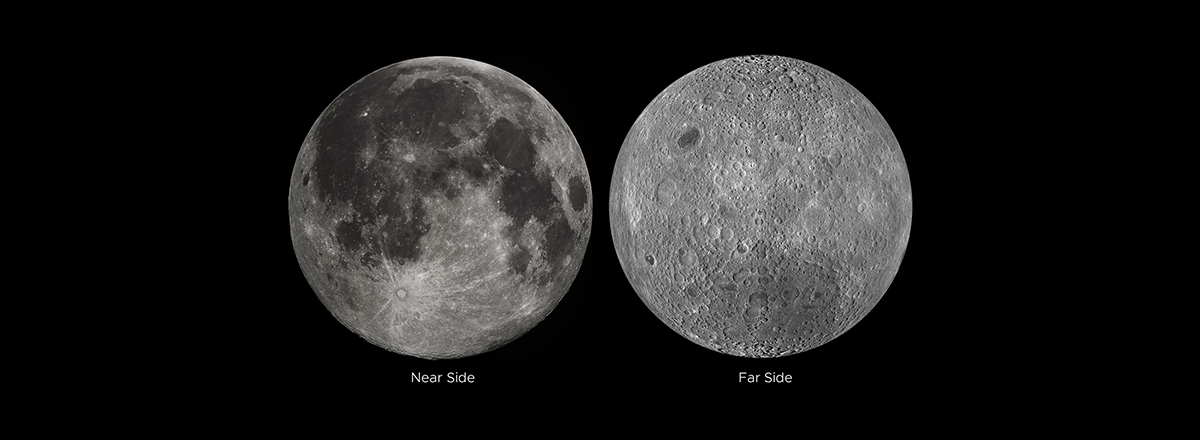India’s Lunar Rover Uncovers Evidence of Moon’s Molten Past
This new data gives further credence to the idea that the Moon was once a hot, molten body following its formation, likely caused by a colossal impact between Earth and a Mars-sized protoplanet.

India’s Chandrayaan-3 mission has revealed new evidence supporting the theory that the Moon was once covered by an ocean of molten rock. The findings, published in Nature, were made by the Pragyan rover, which is part of the Chandrayaan-3 mission and landed on the Moon’s south pole in August 2023.
The rover’s analysis of lunar soil, or regolith, indicates a chemical composition dominated by ferroan anorthosite, a mineral typically found in igneous rocks. This suggests that the Moon’s crust formed from the cooling and solidification of a global magma ocean, a theory that has been long debated among scientists.
The discovery aligns with previous findings from other Moon missions, showing a uniformity in its composition across different regions. This new data gives further credence to the idea that the Moon was once a hot, molten body following its formation, likely caused by a colossal impact between Earth and a Mars-sized protoplanet.
While this discovery sheds light on the Moon's early history, it also raises new questions about the differences between the Moon’s near and far sides. As scientists continue to analyze data from Chandrayaan-3, they hope to unravel more of the Moon’s geological mysteries.

